REMODELING? FIVE LIGHTING-RELATED PITFALLS TO AVOID
Are you including new decorative light fixtures in your remodeling project? If so, read on to avoid some common (and often very expensive) oversights.

Remodeling projects pose unique challenges for lighting. Since remodels typically have to accommodate constraints imposed by the existing structure and/or electrical system, these limitations must be taken into account. Below we’ve suggested five lighting topics to cover with your remodeling contractor.
1. Fixture weight limitations. Most lights mount directly to a j-box, but heavier fixtures may be required to mount to the building structure in order to meet UL and local codes. This will require your contractor to install additional blocking so that the fixture can be installed correctly. Generally, chandeliers and ceiling lights over 50 lbs and wall sconces over 25 lbs fall into this category.
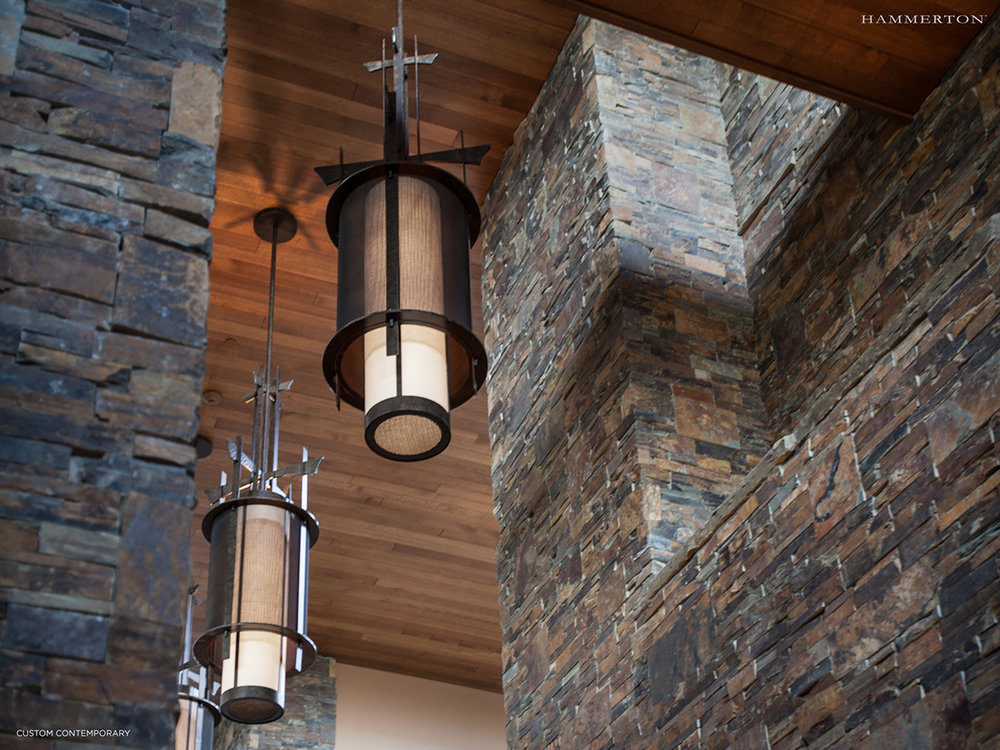
2. Fixture size or height limitations. There’s nothing worse than discovering that your beautiful new great room chandelier can’t fit through any of your existing doorways, or that the bottom of your new powder room ceiling light gets knocked every time a door opens. Unfortunately, these problems occur all too often. Your contractor can provide all the measurements needed to avoid these problems, and Hammerton fixtures can be customized to accommodate them.
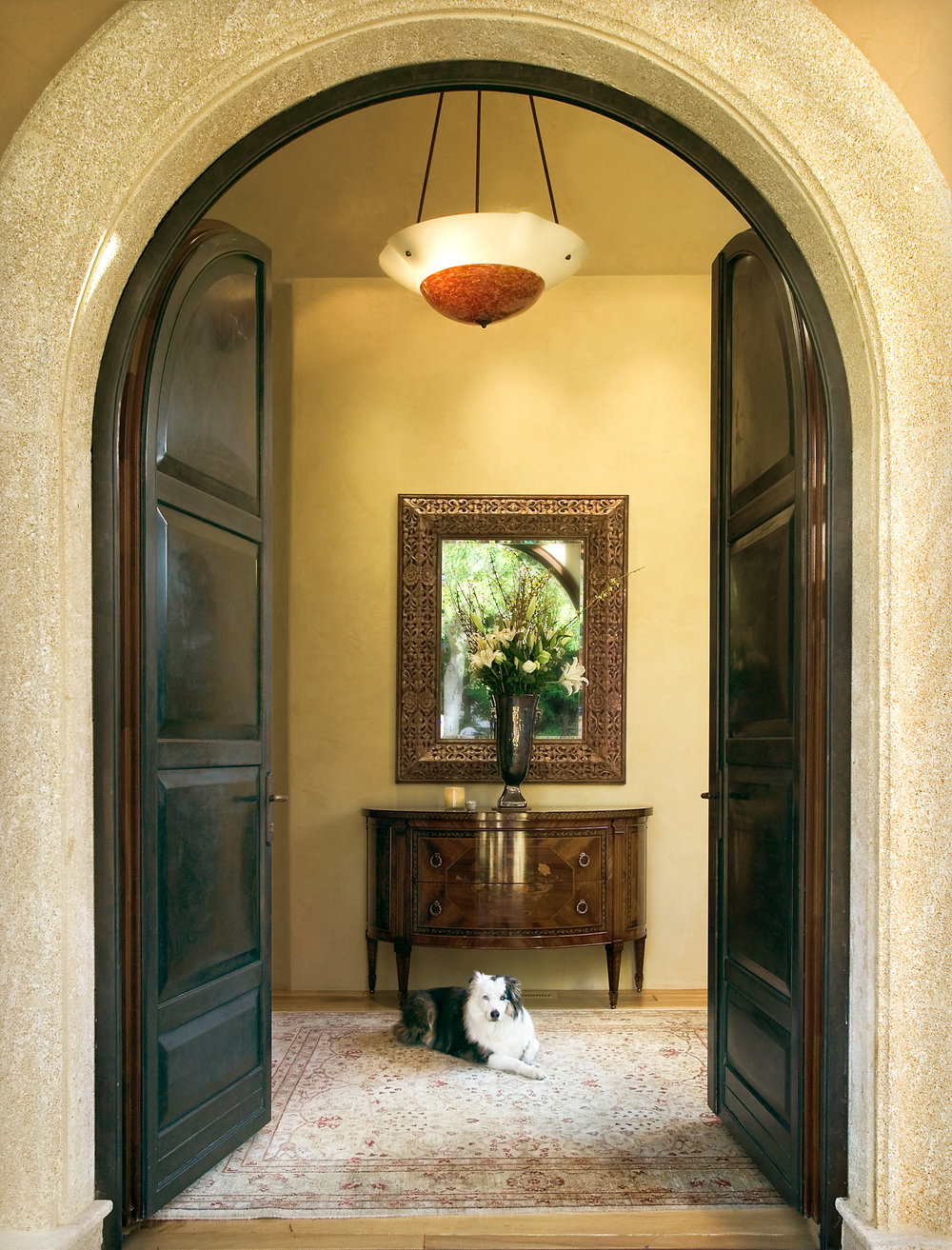
3. Electrical loads and line voltage. If you’re remodeling an older home, make sure you understand the constraints of your current electrical system. If other consumers of power are sharing a line, then your new entry chandelier or that row of new pendants down the main hallway may require a dedicated power source.
Also, make sure the line voltage in your home can handle your desired lamping. Homes with fluctuating voltage or voltage higher than 115 will typically require commercial grade incandescent bulbs or xenon bulbs.
Installing new LED lighting? These require drivers for power and dimming. Drivers are typically housed in either the canopy or the j-box. Check with your electrician to make sure they can be accommodated.
If a lighting control system is part of your remodeling plan, make sure your fixtures work with the system.
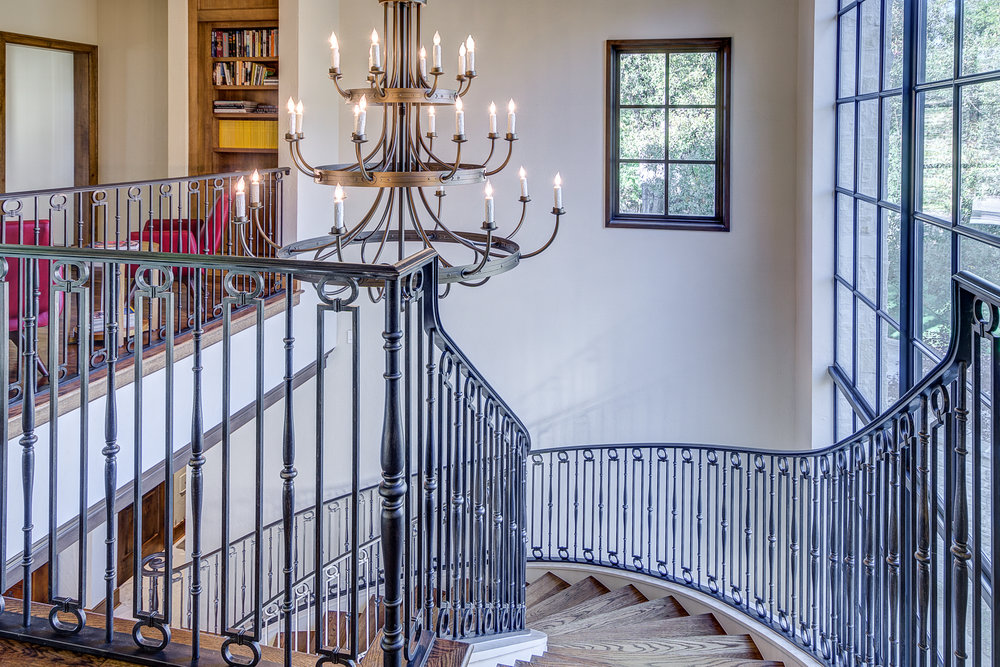
4. Mounting Surfaces. For both interior and exterior lights, it’s always smart to consider the mounting surface. Slope and beam mounted ceiling lights almost always require special canopy and j-box configurations (yes, you need a j-box in that beam!). For wall sconces, always give some thought to the surface you are mounting to. Whether it’s an existing tile backsplash in the master bath or exterior stone siding on your entry façade, the type, thickness and contour of a surface can impact both the ease of installation and the look of the fixture. Usually just a slight modification to the mounting plate or hardware will provide for easier installation and the best look possible.
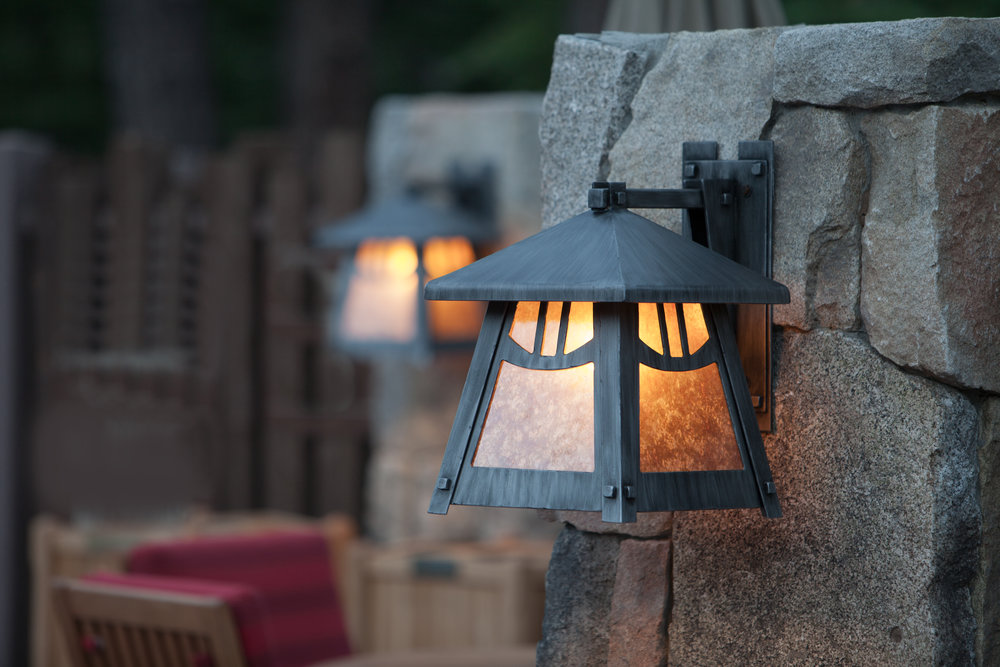
5. Smart Lighting Planning. Since lights are often the last features to be installed during a remodel, the tendency is to leave lighting-related decisions until the last minute. This common mistake can be both time-consuming and costly. By developing your overall lighting plan and specifying your decorative fixtures early in the planning process, you’ll be more likely to avoid these pitfalls and the associated last-minute compromises.
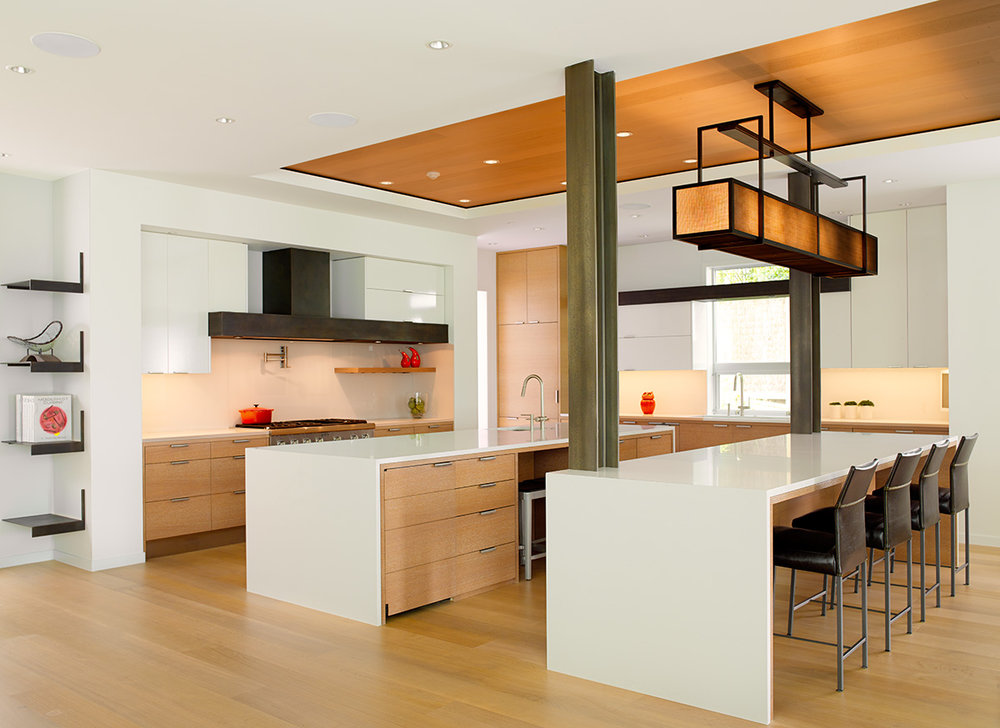
Part of the service we provide at Hammerton is helping our clients avoid these type of oversights during the lighting specification process. We provide detailed specification drawings including dimension, weight, mounting and light lift requirements. Together, our designers, engineers and service teams work with each client to ensure a smooth and successful installation.